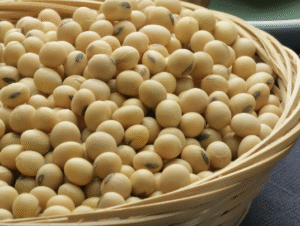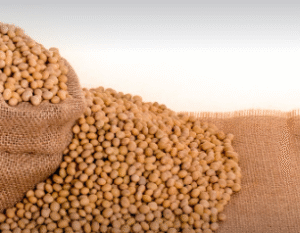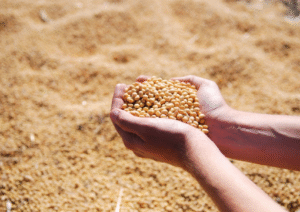$KCZ25 $RMX25 #CoffeeMarket #ArabicaCoffee #RobustaCoffee #CommodityTrading #MarketTrends #CoffeePrices #AgriculturalCommodities #Investing #Finance #SupplyChain
Why Did Arabica Coffee Prices Surge as ICE Inventories Plunged? Discover the Impact!
In the latest arabica news, December arabica coffee futures (KCZ25) showed resilience on Friday, closing up +3.65 (+0.93%). Meanwhile, November ICE robusta coffee futures (RMX25) faced a downturn, closing down -62 (-1.34%). The mixed results highlight the contrasting dynamics at play within the coffee market.
Arabica coffee prices rebounded from early losses, primarily driven by a significant decline in ICE coffee inventories. The inventories for arabica coffee reached a 19-month low, a crucial factor that influenced traders and market sentiment. This drop in supply, in conjunction with steady demand, has created an environment where arabica prices could flourish despite initial bearish trends.
Understanding the Inventory Dynamics
The coffee market is heavily influenced by supply chain factors, including weather conditions, production levels, and storage capacities. When ICE arabica inventories drop to a historic low, it signals potential shortages, prompting traders to respond with increased buying pressure. This phenomenon can be likened to bullish trends seen in other commodities, where supply constraints lead to price surges.
Contrastingly, robusta coffee prices reflect a different narrative. The decline of -62 points suggests that robusta is experiencing weaker demand or oversupply issues. Often, the arabica market outperforms robusta due to its premium quality and flavor profile, which can drive consumer preferences and pricing.
Market Implications for Investors
For investors, understanding the coffee market’s intricate dynamics is essential. The contrasting performance between arabica and robusta could present opportunities for savvy traders. Those looking to capitalize on price movements might consider diversifying their investments within the agricultural commodities sector.
Moreover, the recent spike in arabica prices can also be tied to global economic conditions. Increased consumer spending and a rise in coffee consumption in emerging markets have bolstered demand, further supporting price stability.
Investors should keep a close eye on weather patterns, as adverse conditions in key coffee-producing regions can significantly impact supply levels. Adverse weather events, such as droughts or frosts, could potentially exacerbate the current supply constraints, pushing prices even higher.
Conclusion: Preparing for Future Trends
As we look ahead, the coffee market’s performance will hinge on several factors, including inventory levels, global demand, and production forecasts. Staying informed about these trends is crucial for investors looking to navigate this volatile market effectively.
For further insights into stock market trends, feel free to explore our latest articles. Additionally, if you are interested in broader financial trends, consider checking out this resource for more information.
In summary, the surge in arabica coffee prices amid declining inventories illustrates the complex interplay of supply and demand dynamics. Understanding these factors can help investors make informed decisions in this exciting and often unpredictable market.







Comments are closed.